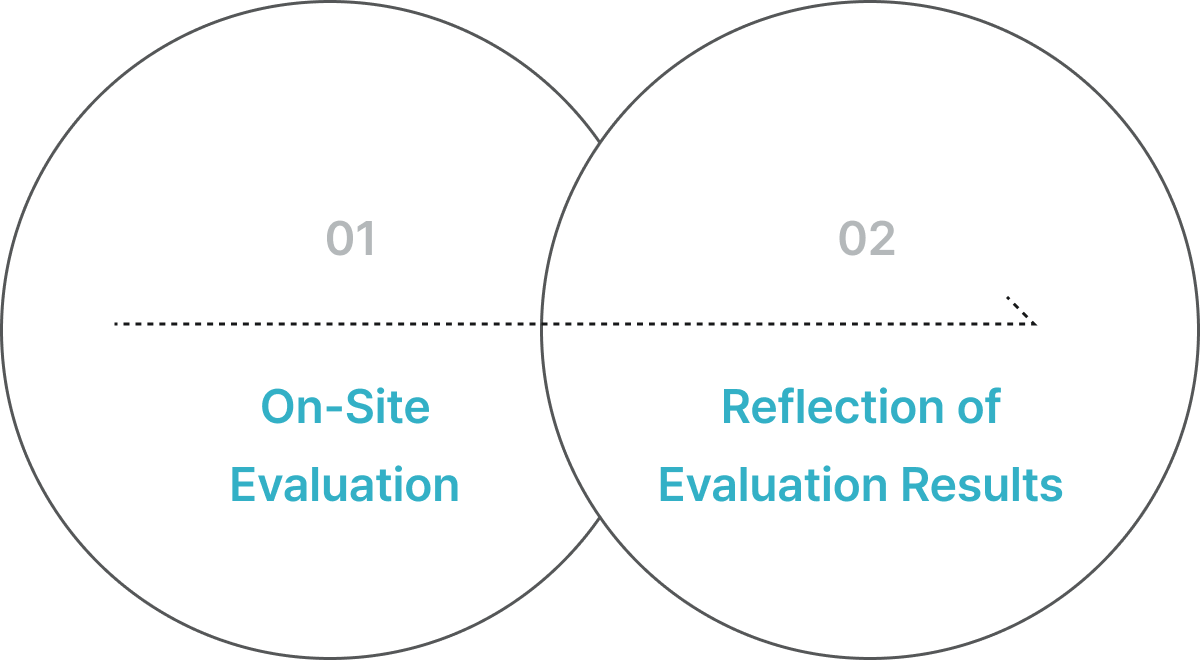Operating Sites ESG Risk Management Framework
The company reviews risk status, response strategies, and improvement tasks across five key areas: environment, human rights and labor, health and safety, ethics, and supply chain management. The RBA VAP, which includes on-site audits, is conducted biennially, while the RBA SAQ (Self-Assessment Questionnaire) is carried out annually, ensuring proactive management of ESG risks at business sites. The results are disclosed transparently each year through the ESG Report






